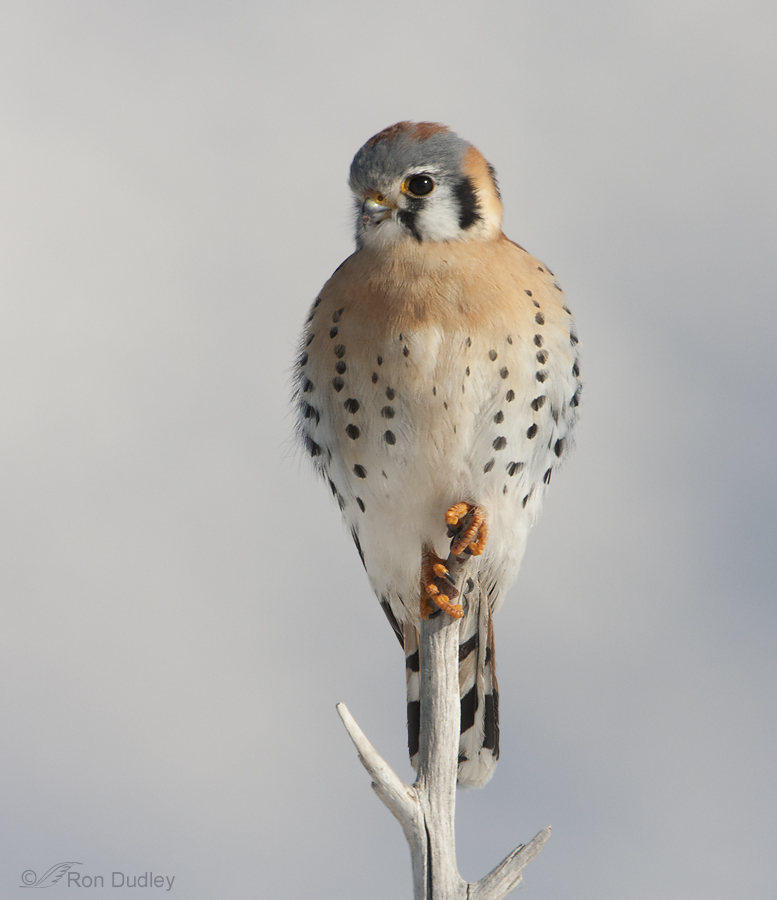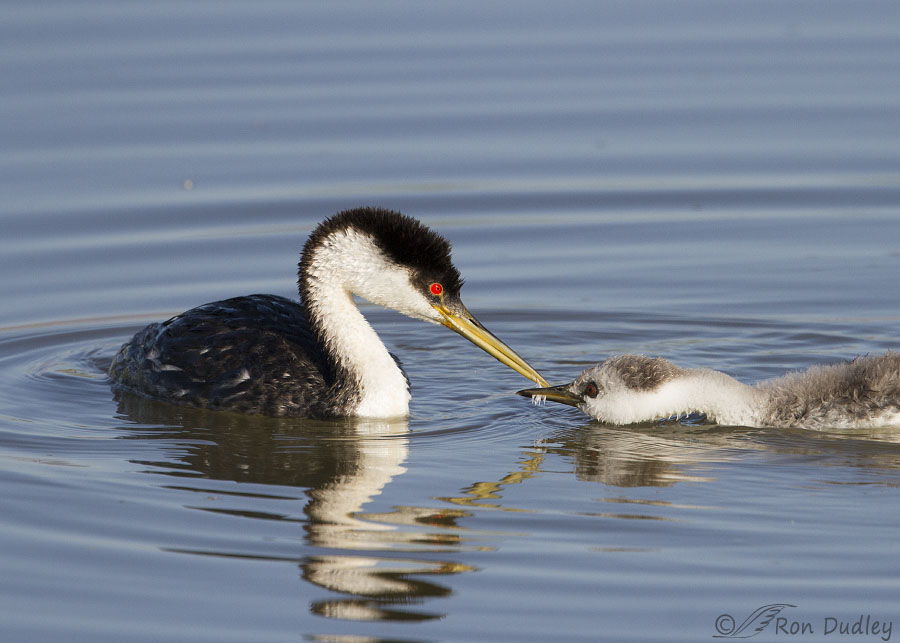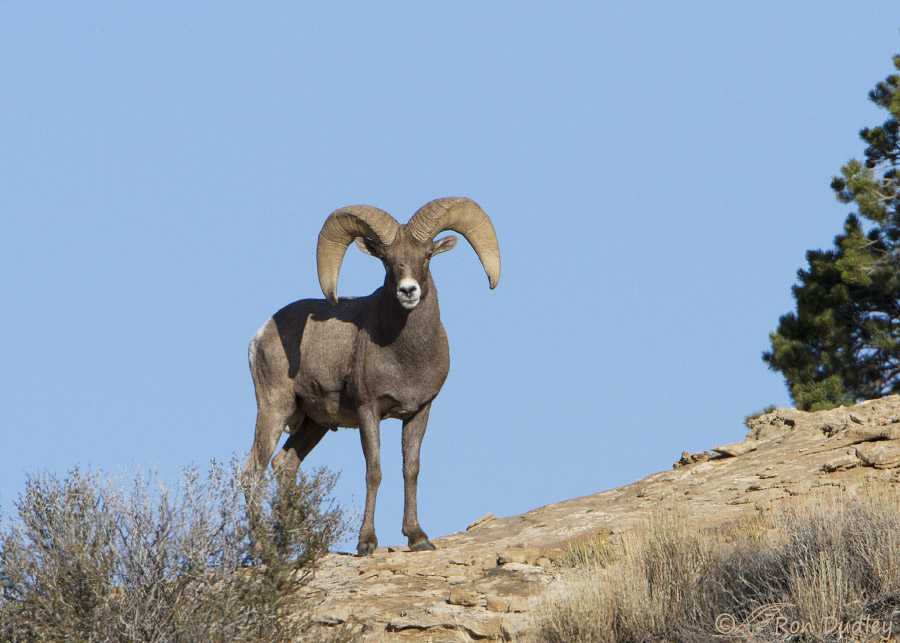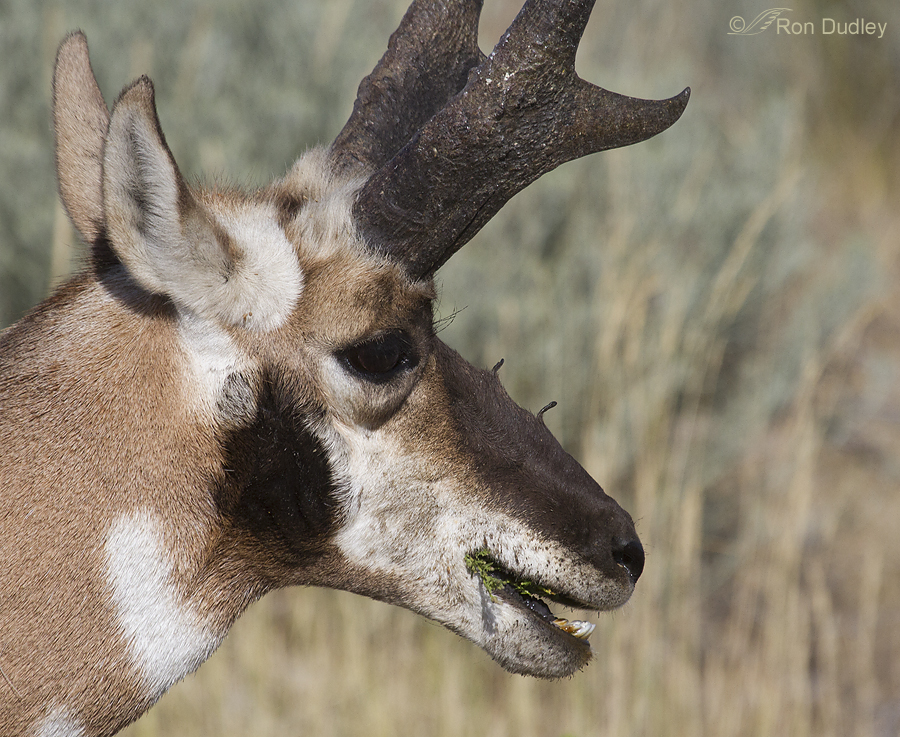Tag: keratin
The Differences Between Antlers And Horns
Odd Growths On The Face Of A Pronghorn
American Kestrel With Peeling Beak

I’ve never before posted this image because of the “imperfection” of the peeling beak tip of this male American Kestrel. Bird beaks are largely composed of the protein keratin and like our fingernails are constantly growing. This can apparently cause flaking or peeling of the beak but I don’t understand why and so far internet research hasn’t provided the answer.
Yet Another Escaped Falconry Bird – This Time A Female American Kestrel
Yesterday morning I spotted this female American Kestrel perched on a far-off rock to the west on Antelope Island. She was much too far away for decent photographs (as is obvious from the mediocre quality of these first five photos) but when I see raptors at most any distance it’s my practice to “scope them out” through my lens so I can ID them and look for anything unusual or interesting. I took a couple of shots for documentary purposes but at first I didn’t notice anything noteworthy about her except for the keratin flaking off of her beak. But then she scratched her face with her foot. Jesses! Those damned jesses again. In this shot you can see anklets above both feet and the jess on the left leg. She perched and preened on the rock for quite a while and a few minutes later she scratched with her other foot which provided a good look at the jess on the right ankle. I’m including this shot for a look at her right side, in the unlikely event that some local falconer may recognize her. I hung around for a long time in the hopes of catching her at take-off for a better look at both jesses and anklets. As luck would have it, when it happened they were both in shade and I lost focus on the bird but the photo still provides a decent look at the jesses. I’m deeply troubled by this event and I’ll provide a little background as…
The Return of Long-billed Curlews and Rhyncokinesis
Each day for the past several weeks while on our way out to the island either Mia or I will say to the other “I wonder if we’ll see or hear the curlews this morning”. For both of us the return of the curlews is a sure sign that true spring has finally arrived. And each morning we’ve been disappointed. Until yesterday! We first heard them while waiting for some magpies to return to their nest and then looked up and saw several flying toward us. 1/2500, f/6.3, ISO 500, 500 f/4 This bird is one of them – a truly unremarkable photograph except for its significance to us. It’s almost like this bird (and its companion) were flying over us to personally announce their return to us. The curlews are back – finally! 1/1600, f/7.1, ISO 500, 500 f/4, 1.4 tc It wasn’t long before we were able to find several curlews foraging on the ground and they even let us get close. This one is busy preening in the morning sun. 1/1600, f/7.1, ISO 500, 500 f/4, 1.4 tc Rhyncokinesis (rhynco – upper beak or bill, kinesis – movement or motion) is the ability of some birds to bend or flex their upper bill. Only cranes, shorebirds, swifts and hummingbirds are known to be capable of doing so. The bill is made of a protein called keratin (like hair or fingernails) and it’s quite a remarkable feat to be able to control its shape to some degree. Notice in the photo above that the shapes…




